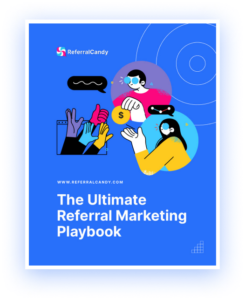I don’t eat out often despite the fact that I’m a millennial. As a budget vegan, I choose to cook most of my meals right at home.
Except for about once a week when a tiny little notification pops up on my mobile device to remind me that it’s Taco Tuesday at my favorite local Mexican taqueria.
Somehow, despite my commitment to eating healthy and my pantry full of food waiting to be cooked, the little banner in my phone’s notification center convinces me to abandon it all for a quick and dirty (vegan) taco plate.
That’s the power of a personalized push notification.
Push notifications are little reminders from businesses to consumers that they’ve got something that the consumer wants — in my case, tacos.
But the same is true for any good or service. And when done well, it can significantly boost a business’s earnings, month over month.
Whether you know nothing at all about push notifications or you’re looking for a push notification service for your business, I’ll cover it all in this article.
If you’d like, you can jump ahead by clicking the links in the Table of Contents just below 👇
Click to Jump
What Are Push Notifications?
Push notifications are messages that pop up on the lock screen or notification center of a mobile device. They are also often called push messages and function a lot like a text message in that they arrive directly to the user’s device, though they do not require any personal information to be sent. These notifications are sent from either a mobile app that the user has already downloaded or from a business as a web browser notification.
A web push notification is basically the same thing as a mobile app notification, but the messages arrive through your web browser instead of your notification center.
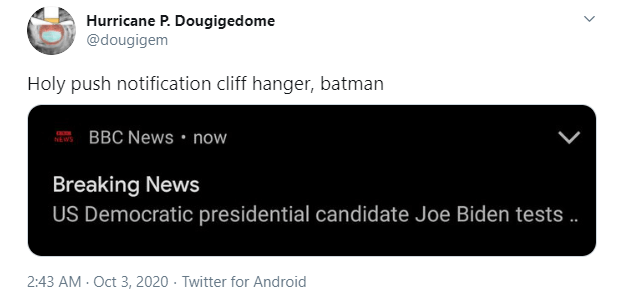
The main goal of push notifications and messages is to keep the brand top-of-mind by providing value to the user. For app developers—such as with news apps, sporting apps, fitness apps, etc—that would mean sending helpful messages or reminders of what the app has to offer. For businesses, that would mean sending discounts, rewards, or promotions.
If you want to use push notifications for your business, jump ahead to the section on top push notifications services.
Types Of Push Notifications
Push notifications can show up either in a smartphone’s notification center or via your web browser, depending on the type of notifications and opt-ins your brand has. There are mainly three types of push notifications:
- Mobile app push notifications – they appear on your locked screen and/or notification center and are sent by the apps downloaded onto the user’s smartphone device
- Web browser push notifications – these notifications can appear on smartphones and desktop computers via web browser and can be used by any brand or business, regardless of whether or not they have an application
- Desktop push notifications – just like mobile app notifications, desktop notifications typically come from apps installed on the computer
Are Push Notifications Safe?
For the most part, push notifications are safe. When they are coming from a trusted brand or mobile app, then they are trustworthy and even beneficial to the user experience.
Although there has been malware disguised as app notifications, there are a few steps that users can take to prevent any damage to their devices.
Be wary of any of these major warning signs:
- ads appear where they shouldn’t, like outside of your web browser or over the entire screen of your smartphone device while using it
- the default homepage of your web browser changes without your permission
- websites you regularly visit are now suspiciously buggy or redirect you to another site
- you get pop-ups that prompt you to download an anti-malware tool
- you see programs or apps on your device that you didn’t download
As a business owner, here are some things that you can do to establish trust with your audience:
- Use your logo in the notifications so that users know that they can trust the source
- Only send notifications that are truly helpful to the user
- Personalize the notifications so that they aren’t spammy
Are Push Notifications Effective?
Push notifications are like sending a direct message to your customer… even more effective than email! App developers and business owners alike can benefit greatly from a solid push notification campaign.
Here are some of the most impressive stats on the effectiveness of push notifications:
- Users are more engaged. App users who enable mobile push notifications use the app 53% more each month than those who do not enable push notifications
- User retention is higher. Only 27% of app users return to the app within the first month of downloading it compared to 62% of push-enabled app users
- Users stay engaged for longer. On average, only 18% of users keep an app three months after downloading it, whereas 41% of push-enabled app users keep the app after the first three months
- Users convert better. Push notifications have up to 60% higher open rate than emails
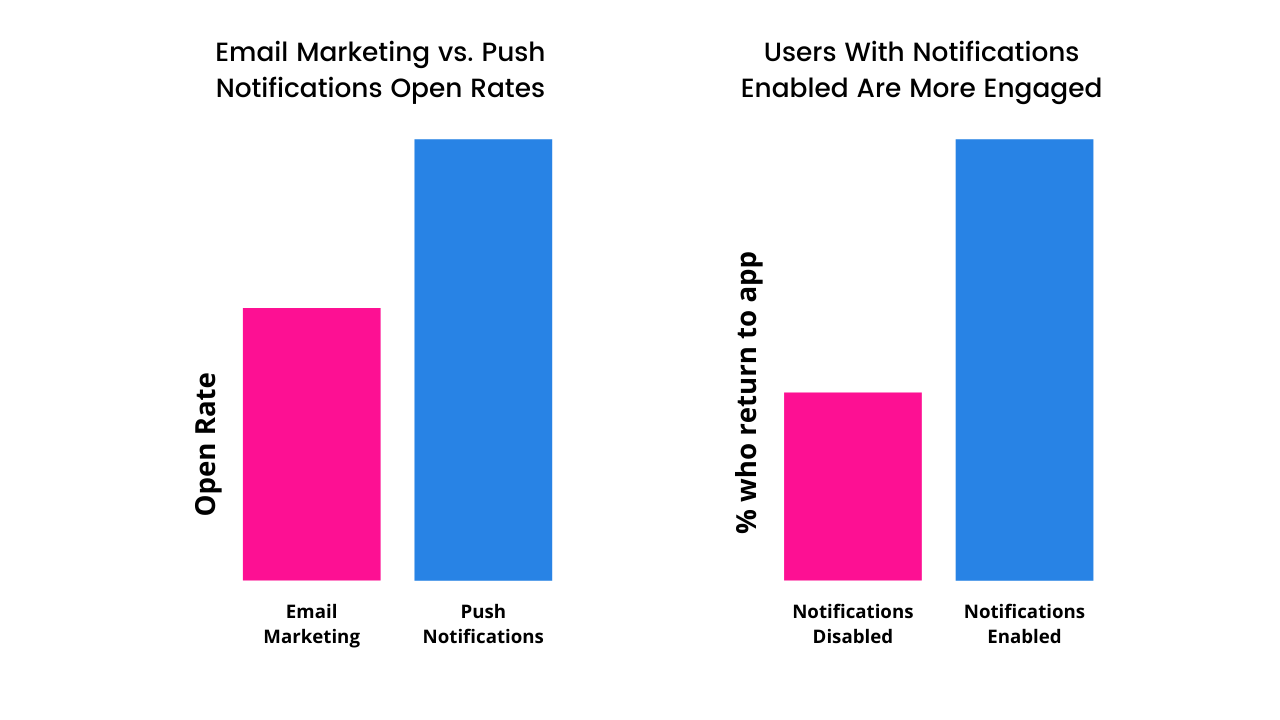 But that doesn’t mean that all push notifications are created equal. Just because mobile app push notifications are effective, in general, it doesn’t mean that they should be used without abandon.
But that doesn’t mean that all push notifications are created equal. Just because mobile app push notifications are effective, in general, it doesn’t mean that they should be used without abandon.
What Is The Difference Between A Push Notification And A Text Message?
The main difference is where you receive the messages;
- You receive a text message on your phone
- App push notifications appear via the app – but you must have the app installed
- Web push notifications appear on your browser (which can be your phone or laptop
As a business owner, this affects how you send messages.
An SMS text message is simply a message that you receive through your messaging center on your mobile device. Some businesses may opt for SMS text message alerts over push notifications because no mobile app is required to send them. These kinds of messages often include a link to a webpage in hopes of driving traffic to that webpage.
However, a phone number is required for text messages and there are stricter laws about using personal data, such as a user’s phone number, for marketing purposes. This can make SMS marketing trickier for businesses and users alike.
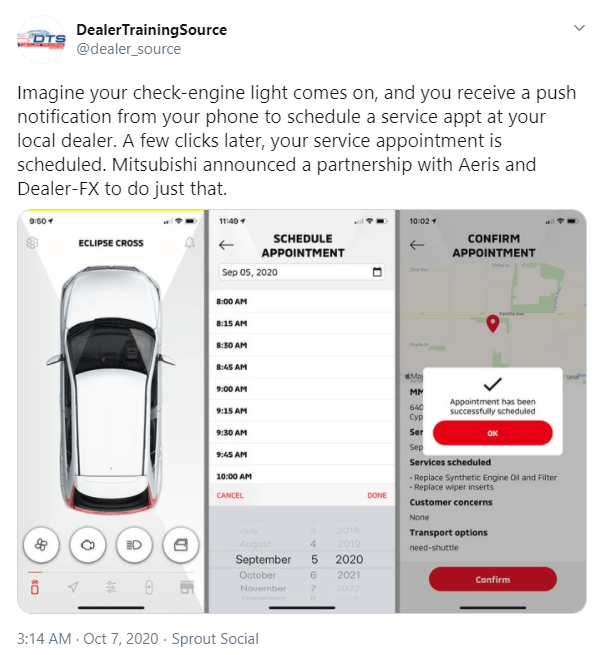
Push notifications, on the other hand, come from a mobile application and are a lot easier to stylize and personalize. If a business does not engage in mobile application development, however, then mobile app push notifications will be impossible to send.
A web browser push notification can be sent to a user that opts-in while visiting a business’s website. These browser notifications can appear while the user is online and using the browser, though not necessarily on the website of the business sending the notification.
What Are Push Notifications Used For?
Push notifications are messages that are sent directly to a customer’s smartphone or web browser. They are designed to motivate a certain action, whether it’s to engage with a brand’s app or to make a purchase. Because these push messages are short and brief, they are usually personalized and relevant to the user.
Best Types Of Push Notifications Campaigns For Business Owners
Although push notifications and messages can appear on virtually any device, they are used to achieve different goals.
The most commonly used types of push notifications campaigns are
- Promotions and discounts notifications – used to encourage purchasing either within the app or in-store
- Informative notifications – used to inform the user and provide value via information
- Notifications asking for feedback – used for collecting reviews and ratings, a valuable source of social proof
- Time-sensitive important information – used to notify a user of something important that is also time-sensitive
- Bookmark notifications – used to bring the user back to the app or website, saving the ‘spot’ where they left off
- Achievement notifications – used to congratulate or encourage a user, based on game theory
- Notifications that are like the app experience – used to extend the value that the app inherently offers, bringing the app top-of-mind to the user
- Geolocation notifications – used when a user’s location is directly relevant to the product or service that the brand offers
- Order confirmation notifications – used to provide value to existing customers, making it more likely that they’ll return for future purchases
What Are The Benefits Of Push Messaging?
One of the main attractions to push notifications is that they are incredibly easy to set up and manage. No extensive training is required and they more easily follow data protection laws than email marketing or text message notifications.
Although some might fear that push messages can come off as annoying, the fact is that they are incredibly valuable for business owners and customers alike. Since they hit the marketing industry, statistic after statistic has been rolling in to support the case of using push notifications.
Some of the most notable benefits of using push notifications are
- they prompt user engagement
- they allow you to retarget users
- they help build relationships with personalized experiences
- they increase conversion rates (higher than email marketing)
- they increase customer retention
- they are a lead generation tool
How Do Push Notifications Work?
Push notifications or messages appear on the user’s phone or browser even if the user isn’t in the app or on the website that is sending the notification. When a webserver or publisher wants to send a notification, they send the message through secure channels to APNs (Access Point Name). When this communication is sent to the APN, the Access Point Name then sends the notification to the user’s device.
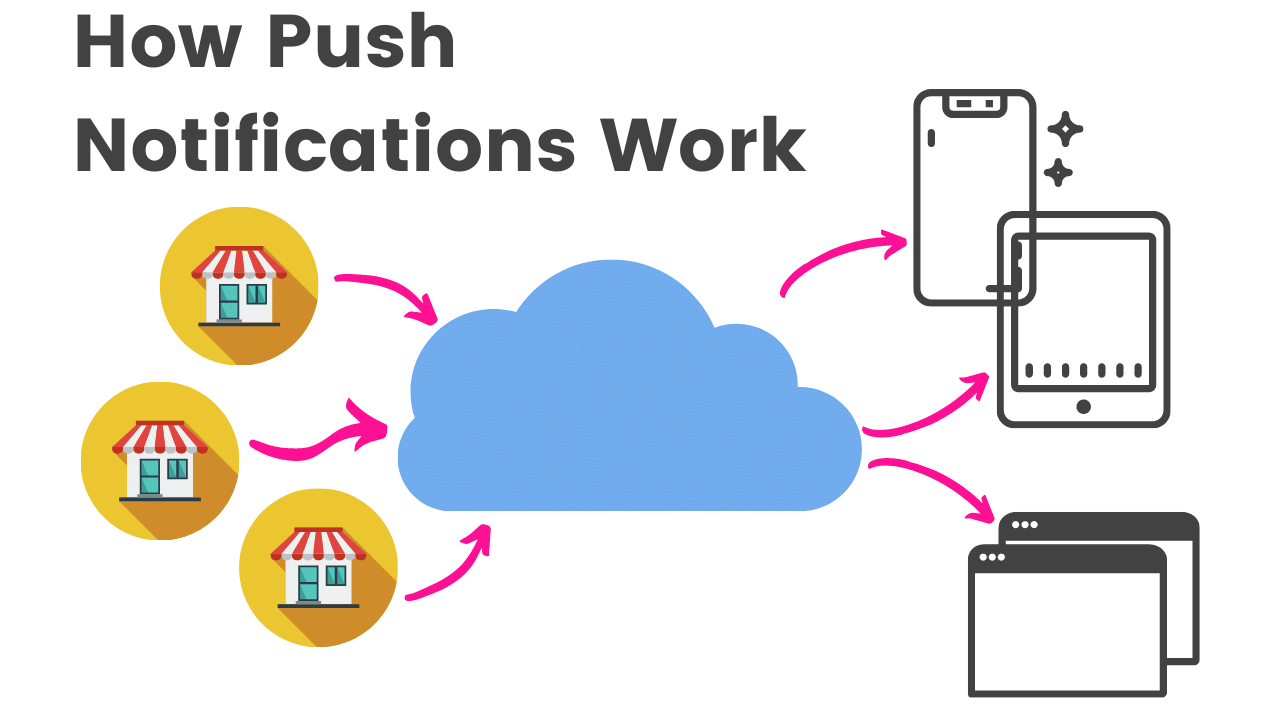
How Do Customers Opt-in To Push Messages?
For mobile app notifications, iOS users can enable or disable notifications in their mobile settings.
Settings → Notifications → Choose the app from the list → Choose your notification settings
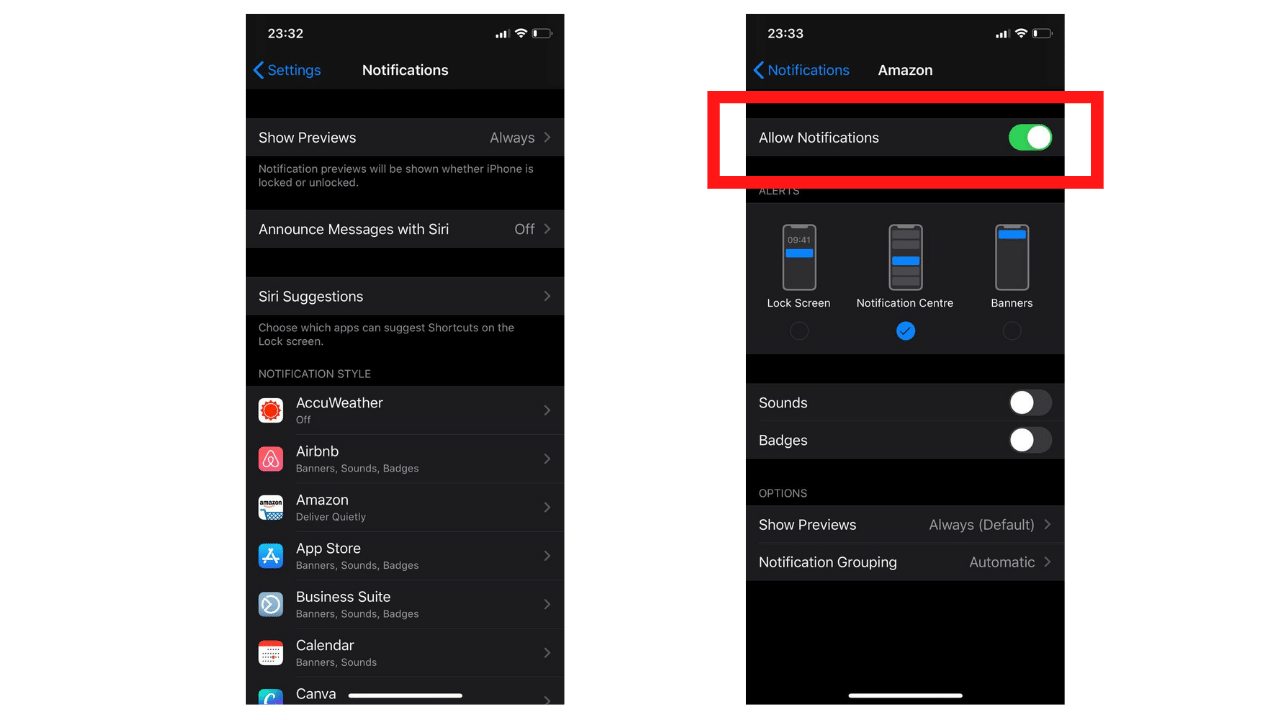
Android users can also control their mobile app notification settings, though the path to get there differs per device.
Settings → Notifications → Choose the app from the list → Choose your notification settings
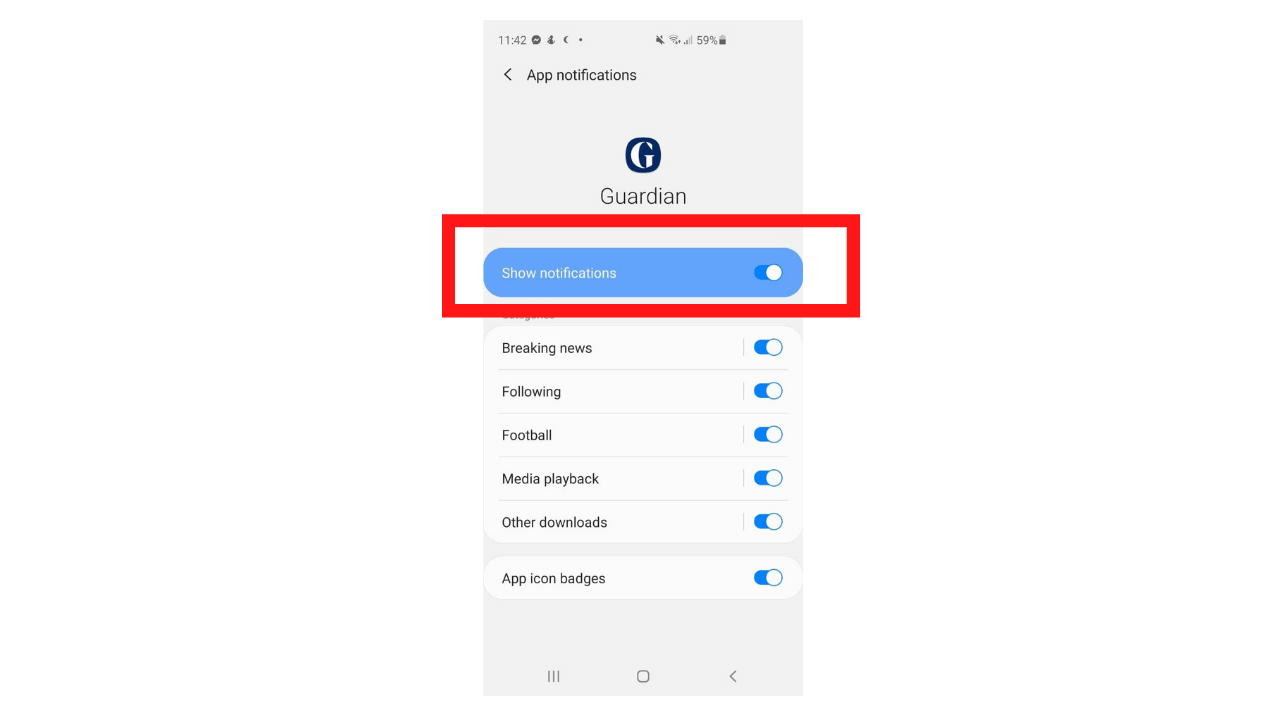
Web notifications, however, can only happen when a user manually enters their information or checks the ‘Allow’ option in the notification pop-up that usually appears in the upper right-hand corner of the browser.
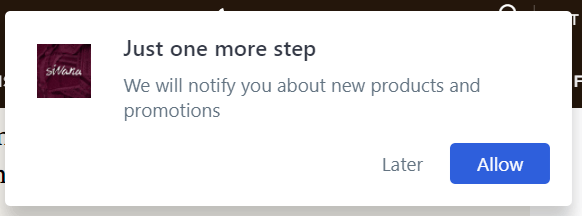
Push notification opt-in from SivanaSpirit.com
What Does It Mean To Enable Push Notifications?
For mobile app notifications, users have the option to disable notifications. When notifications are enabled, this means that the user will receive all notifications or messages sent by the app.
This function does not work the same for web browser notifications, where users can either opt-in or unsubscribe to the notifications, much like with email marketing.
How Do Push Messages Appear On The User’s Phone?
Push notifications appear on the locked screen and in the notification center of the mobile device where the notification was sent. They usually pop up in a little bubble and include a title, brief text, and a button to view whatever the notification is referencing.
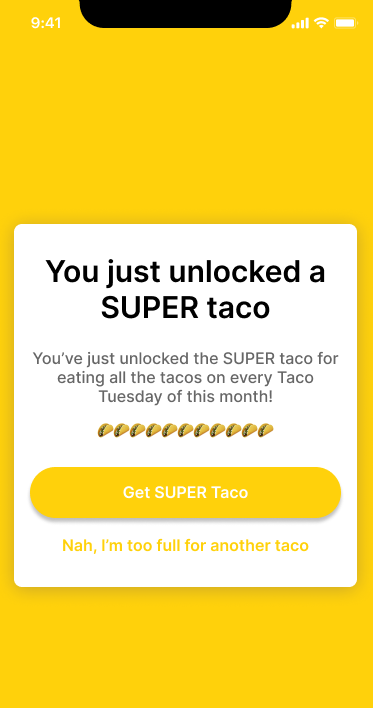
7 Top Push Notification Services in 2020/2021
Although push notifications sound like a little bit of internet magic, they’re actually really easy to set up and customize. There are tons of different services that help you do this and many of them are free until you hit a certain number of subscribers.
1. OneSignal
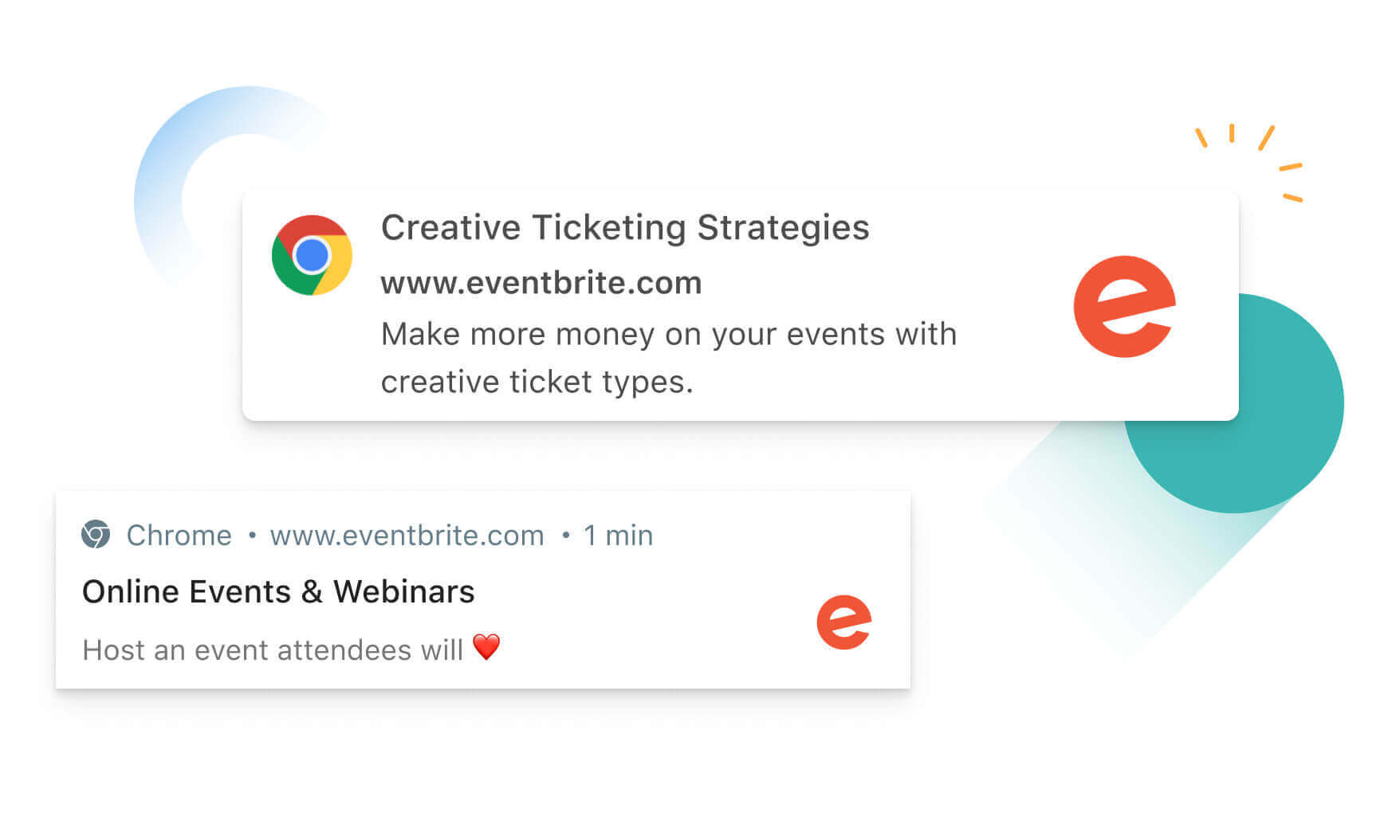
OneSignal is one of the most popular push notification services that is used by businesses and bloggers alike. You can easily set up a notification system that alerts your readers when a new post is published or tailor your notifications for potential buyers who need an extra nudge in the buying process.
If you’re new to push notifications, then this is a simple yet effective software service worth trying out.
Pricing: Free up to 30K subscribers
Segmentation: Yes
Message Limit: Unlimited
Best For: Businesses new to push notifications
2. PushEngage
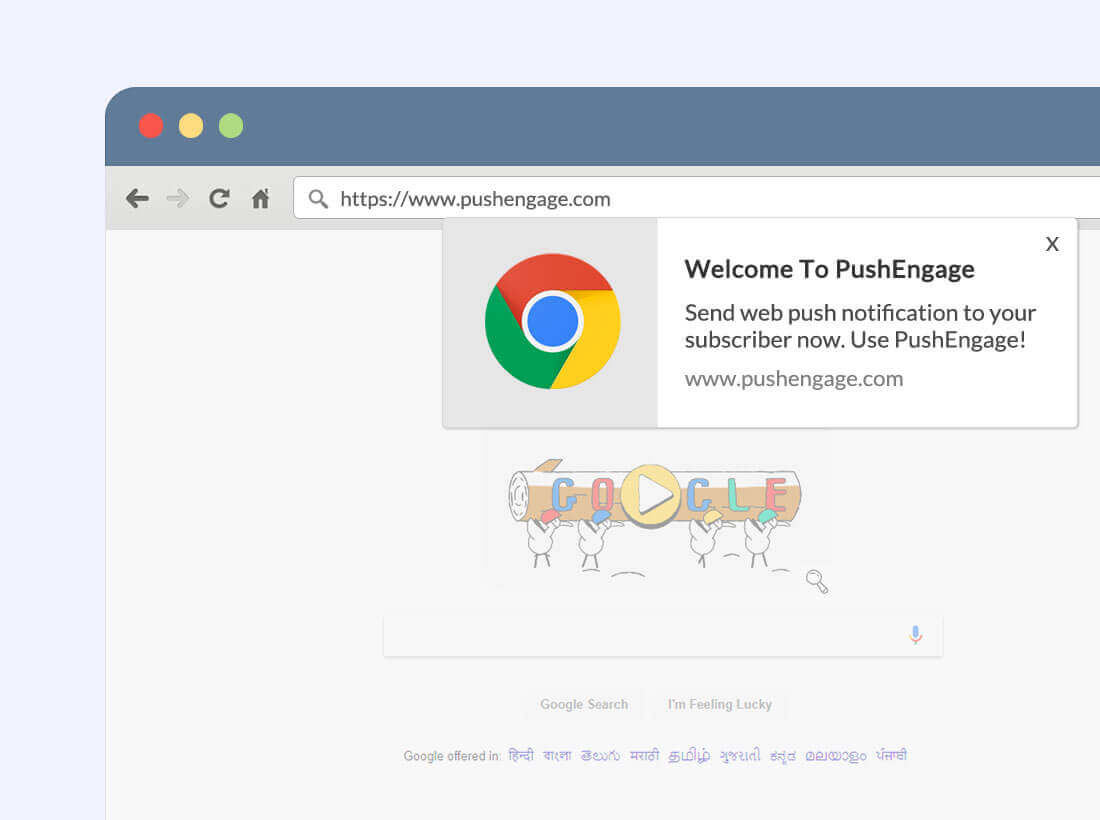
One of the main features of PushEngage is that it is a plug-in that is compatible with most sites and browsers. This means that you can manage it right inside the dashboard of your website. If you want to set up segmentation, look at your analytics, or further customize your push notifications, then you can do so inside their user-friendly dashboard. Some clients report an open-rate that is 400% better than sending out email newsletters.
Pricing: Free up to 2,500 subscribers
Segmentation: Yes, with paid plans
Message Limit: 120 Notification Campaigns Per Month
Best For: Businesses that know what they want but want it at an affordable price
3. PushBots
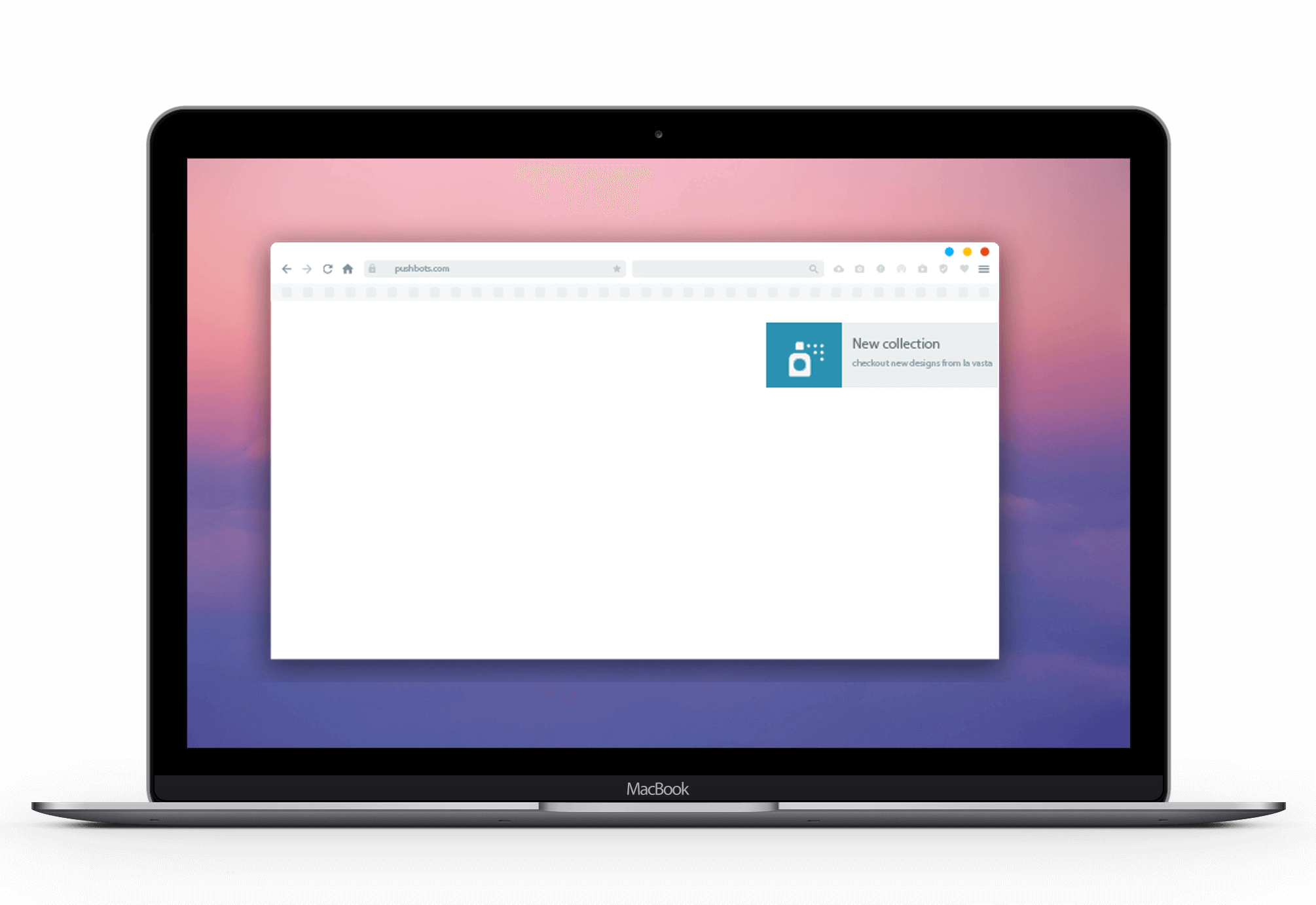
PushBots is a seamless easy-entry software service that lets your team launch a push notification strategy in a matter of minutes. Besides their subscriber limits, they don’t have any limits on how many messages you send each month. Many of their most valuable features, however, come with the paid options. It also seems that this service is best for businesses or brands that have an app, though it does provide web notifications as an option.
Pricing: Free up to 1,000 subscribers
Segmentation: Yes
Message Limit: Unlimited
Best For: Businesses with an app
4. Aimtell
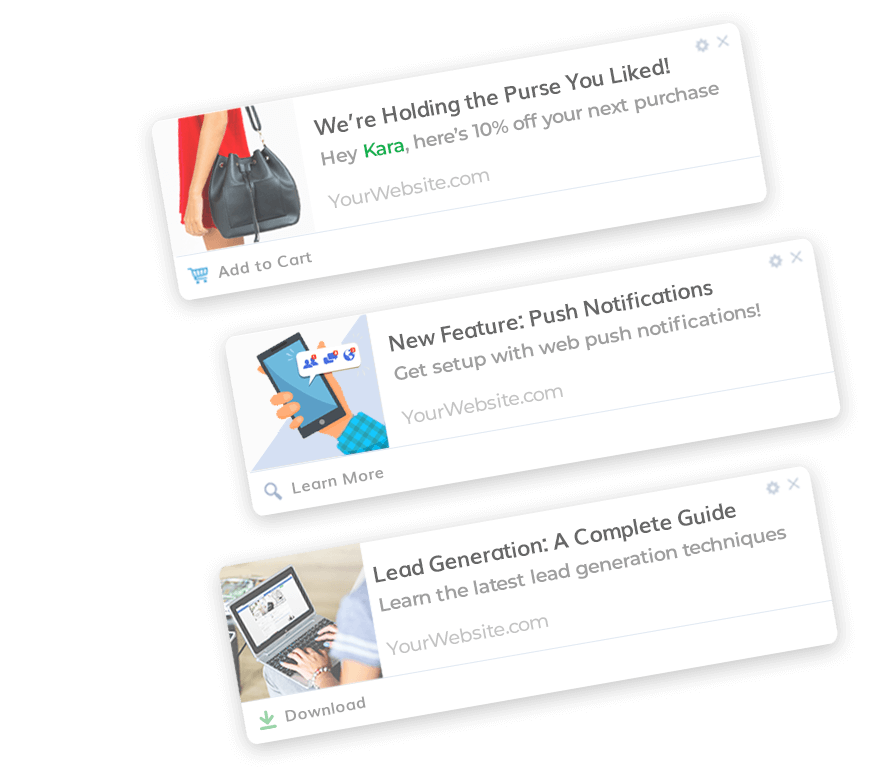
Aimtell is super easy to use and works with both WordPress and Shopify, making it suitable for both blogs and online shops. It’s also incredibly customizable and includes all features in every plan, which is helpful for businesses just starting their opt-in lists.
Not only does Aimtell allow you to segment and customize your push messages, but it also integrates with other apps and tracks conversions.
Pricing: $49/mo for up to 10,000 subscribers
Segmentation: Yes
Message Limit: Unlimited
Best For: Businesses who are serious about their push notification strategy and want to scale it over the long-term
5. VWO Engage
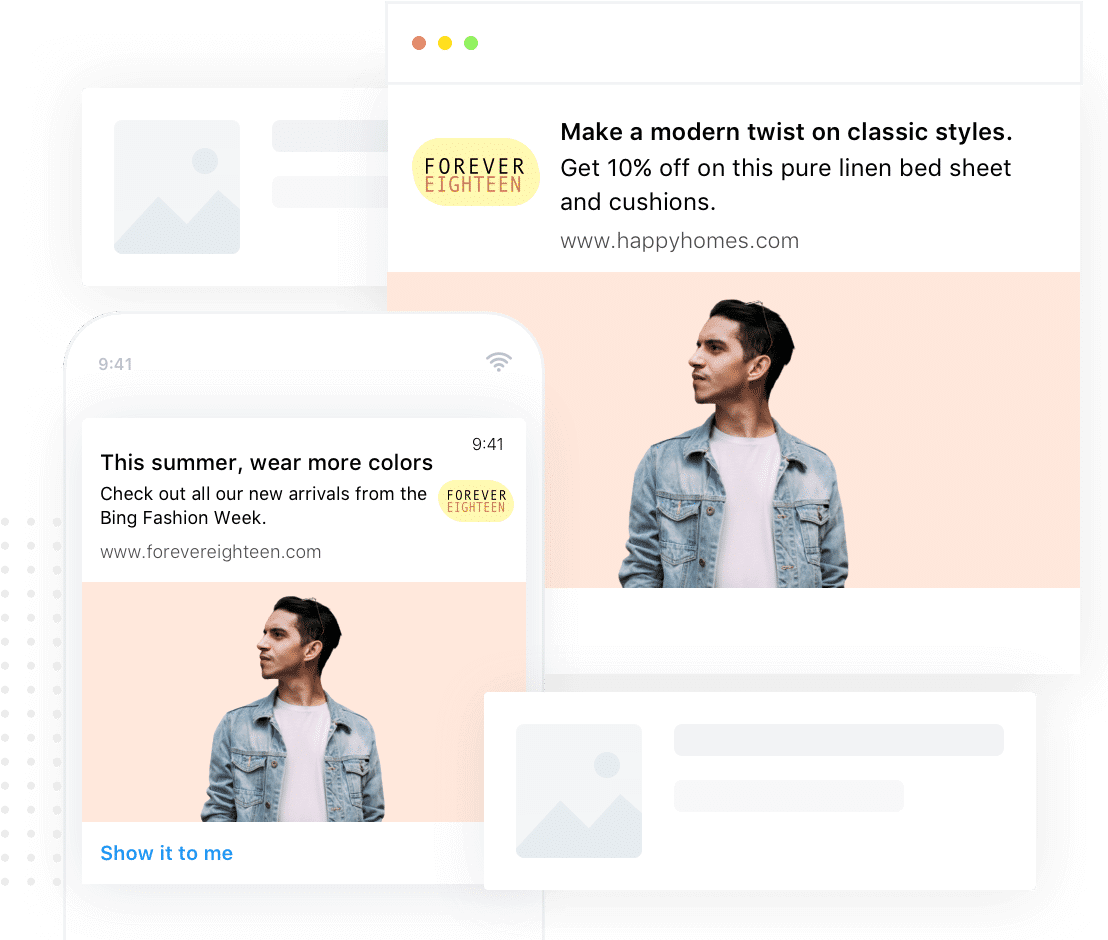
VWO Engage is the ideal push messaging SaaS for marketers as it allows in-depth analysis, conversion tracking, and segmentation. As such, this tool is not for the faint-hearted and is best reserved for businesses with large marketing budgets and a specialist to manage it.
Pricing: $99/mo for up to 10,000 subscribers
Segmentation: Yes
Message Limit: Unlimited
Best For: Established businesses with a dedicated marketing team
6. PushAlert
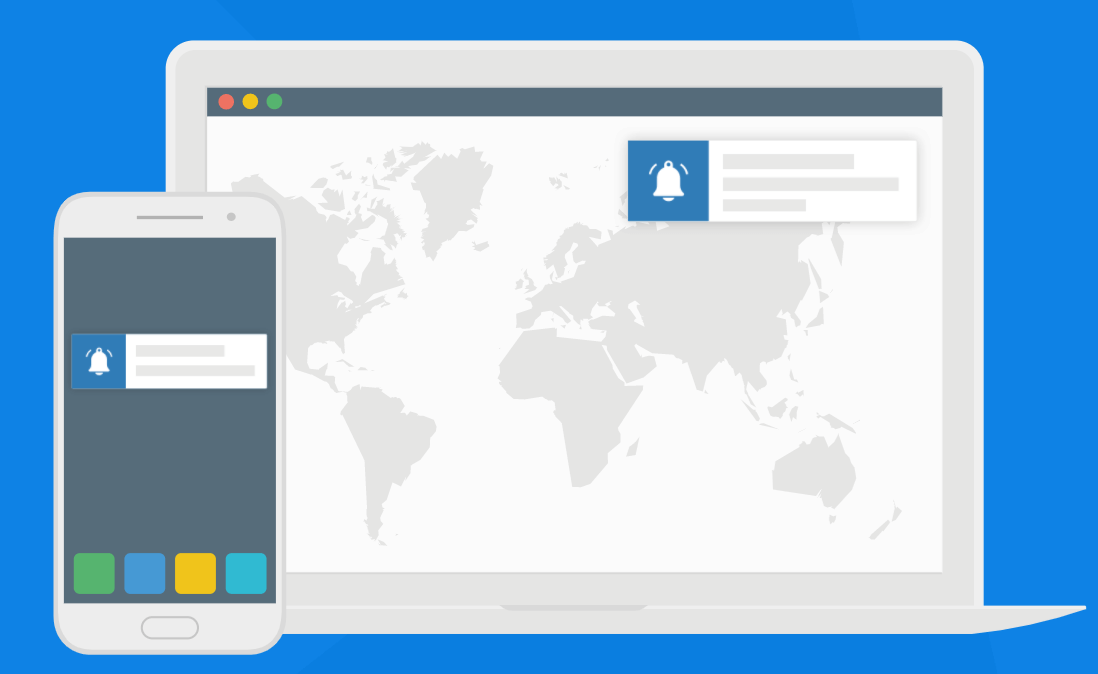
PushAlert is a simple software that allows business owners to experience the benefits of sending push notifications without the hassle of managing the strategy. It also allows for unlimited segmentation so that you can customize each message that you send, depending on the user behavior.
Pricing: Free up to 3,000 subscribers
Segmentation: Yes
Message Limit: Unlimited
Best For: Business owners who want something light and easy
7. SendPulse
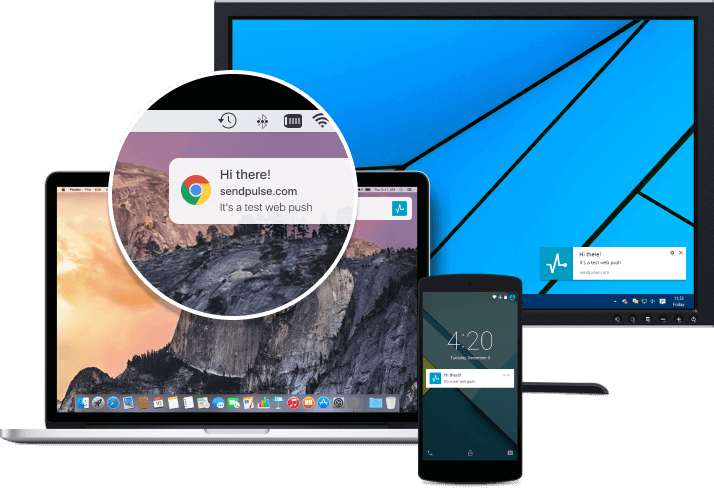
SendPulse is an all-in-one marketing communication platform and push notifications is just one form of communication that it offers. It allows you to send notifications to both desktop and smartphone browsers, giving you the advantage of meeting your potential customers where they are at. It’s fairly easy to set up and the customization options are impressive. For those looking for a potential all-round marketing tool that includes push notifications, this may be a good option.
Pricing: Free up to 10,000 subscribers
Segmentation: Yes, with paid options
Message Limit: Unlimited
Best For: For business owners who are short on time and want a system that is easy to use and reliable


